UPSC Exam > UPSC Notes > Medical Science Optional Notes for UPSC > Descending Pathways: Neuroanatomy
Descending Pathways: Neuroanatomy | Medical Science Optional Notes for UPSC PDF Download
Descending Tracts
- Routes through which motor signals travel from the brain to lower motor neurons
- Categorized into pyramidal and extrapyramidal tracts
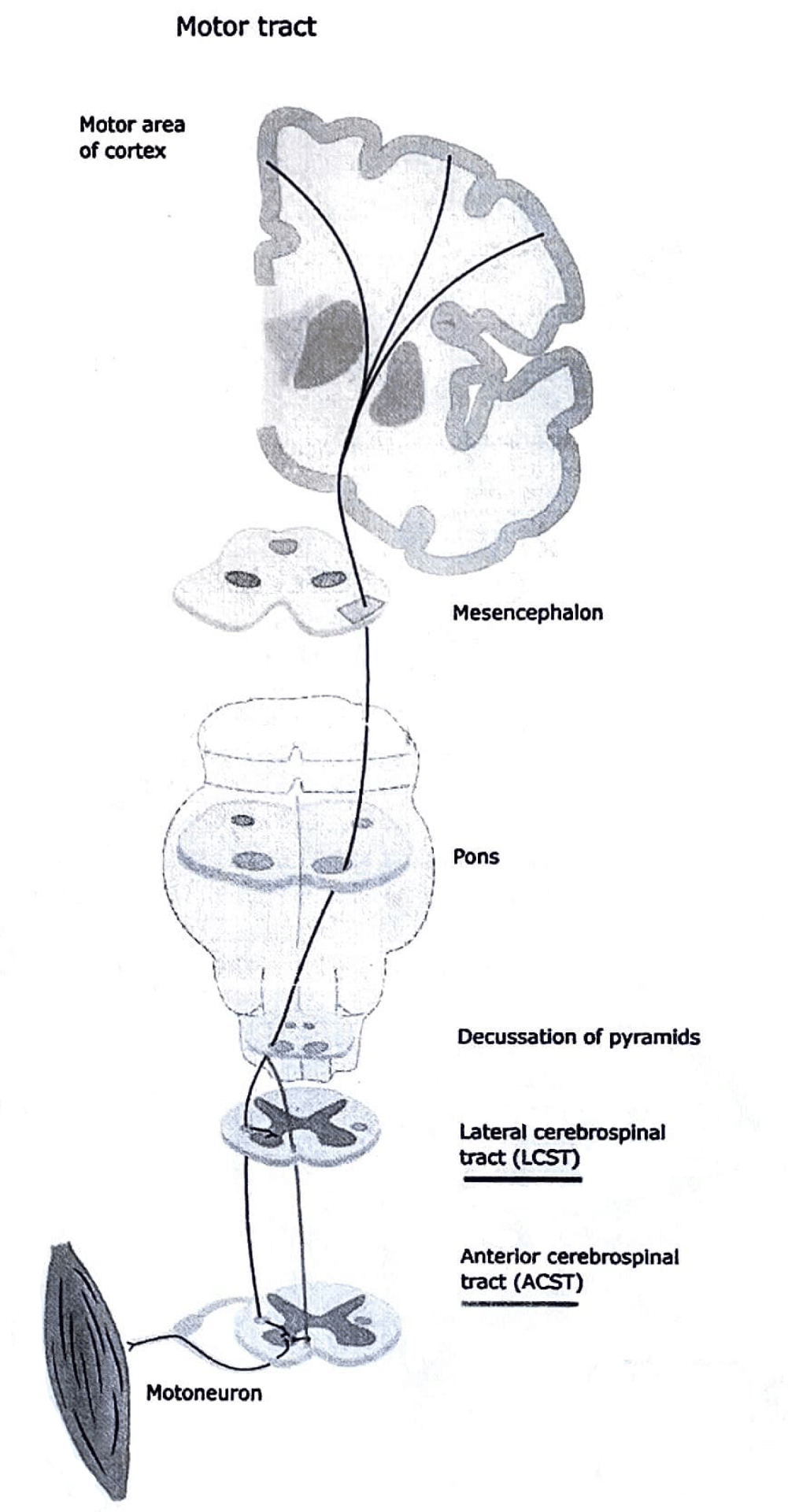
Extrapyramidal tracts
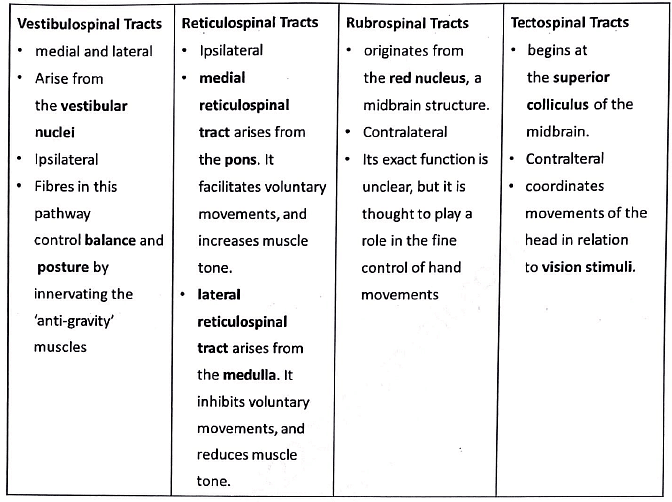
Question for Descending Pathways: NeuroanatomyTry yourself: Which category of tracts are the pyramidal and extrapyramidal tracts part of?View Solution
Pyramidal vs Extrapyramidal tracts
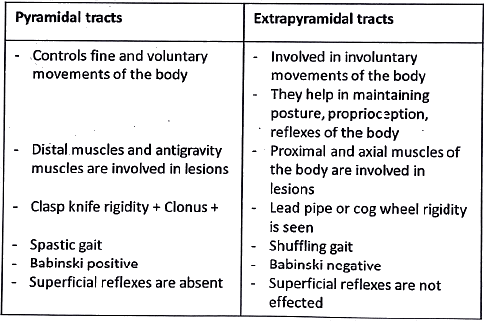
Circle of Willis
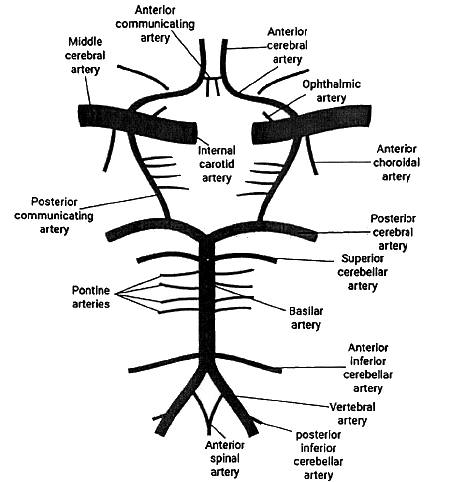
- Circulus arteriosus
- Interpeduncular fossa

Clinical Significance

- Trajectory and distribution of the Trochlear nerve
- Trochlear nucleus
- Clinical significance
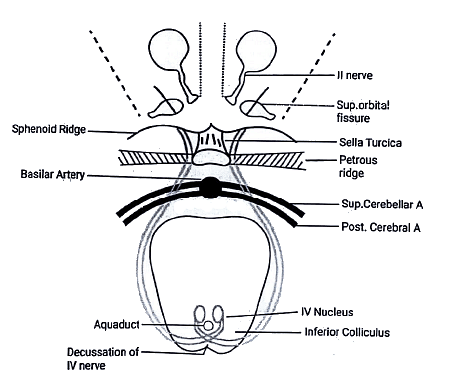

- It is the cranial nerve with the fewest axons.
- It possesses the longest intracranial length.
- It uniquely emerges from the dorsal (rear) aspect of the brainstem.
- It provides innervation to the superior oblique muscle, located contralaterally to its nucleus.

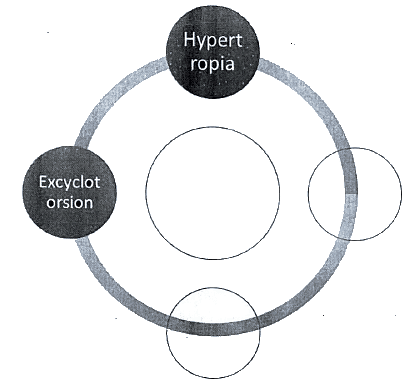
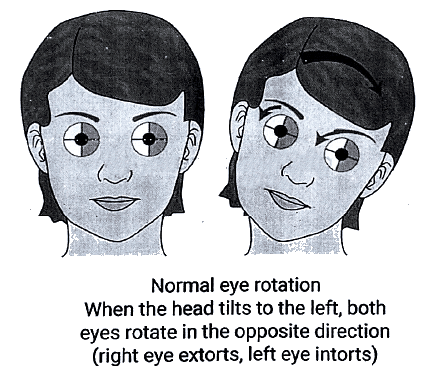
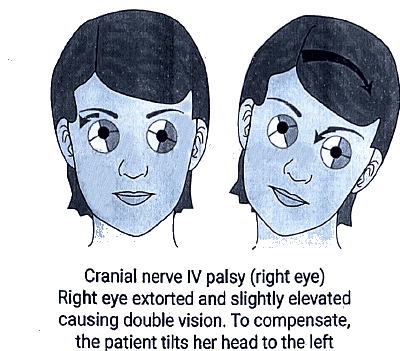
Question for Descending Pathways: NeuroanatomyTry yourself: Which cranial nerve has the fewest axons?View Solution
Ventricles of Brain - Repeats
- Describe the ventricles of brain. Add a note on the circulation of CSF. Mention the usual site of collection of CSF and state the anatomical reason for selecting this site. (2010)
- Describe the structures forming floor of fourth ventricle of brain. (2013)
Cranial Nerves - Repeats
- Describe functional components orgin course and distribution of third cranial nerve (2004).
- Give an outline of anatomy of facial nerve mentioning its clinical significance (2007).
- Explain the orgin and course of Facial Nerve. Describe its functional components and distribution. What is Bell's palsy and give the anatomical reasons for the presenting signs? (2010).
- Tabulate the extrinsic and intrinsic muscles of eyeball along with their nerve supply and action(s). (2012)
- Enumerate the branches of facial nerve and write a brief note on Bell's palsy. (2014)
- Discuss the Functional components, Nucleus, Course and distribution of 4th cranial nerve. ADD a note on its clinical significance. (2018)
The document Descending Pathways: Neuroanatomy | Medical Science Optional Notes for UPSC is a part of the UPSC Course Medical Science Optional Notes for UPSC.
All you need of UPSC at this link: UPSC
|
7 videos|236 docs
|
FAQs on Descending Pathways: Neuroanatomy - Medical Science Optional Notes for UPSC
| 1. What are descending tracts and what is their role in the nervous system? |  |
Ans. Descending tracts are neural pathways that carry signals from the brain to the spinal cord, allowing for voluntary movement and coordination. They play a crucial role in the control and modulation of motor functions, enabling us to initiate and control movements.
| 2. How do descending pathways differ from ascending pathways in the nervous system? |  |
Ans. Descending pathways carry signals from the brain to the spinal cord, whereas ascending pathways transmit sensory information from the body to the brain. Descending pathways are involved in motor control and coordination, while ascending pathways are responsible for relaying sensory information such as touch, pain, and temperature to the brain.
| 3. What are the major descending tracts in the nervous system? |  |
Ans. The major descending tracts in the nervous system include the corticospinal tract, rubrospinal tract, vestibulospinal tract, and reticulospinal tract. These tracts originate from different regions of the brain and contribute to various aspects of motor control and coordination.
| 4. How does damage to descending tracts affect motor function? |  |
Ans. Damage to descending tracts can lead to various motor impairments depending on the specific tract affected. For example, damage to the corticospinal tract can result in muscle weakness, loss of coordination, and difficulty with fine motor movements. Damage to other descending tracts may cause balance problems, muscle stiffness, or difficulties with posture.
| 5. Can descending tracts regenerate after injury? |  |
Ans. Unlike ascending tracts, which have limited regenerative capacity, descending tracts generally have a limited ability to regenerate after injury. However, some degree of functional recovery may occur through neural plasticity, where the remaining neural pathways reorganize and compensate for the damaged tracts. Rehabilitation techniques and therapies can also aid in maximizing motor recovery after injury to descending tracts.
Related Searches
















